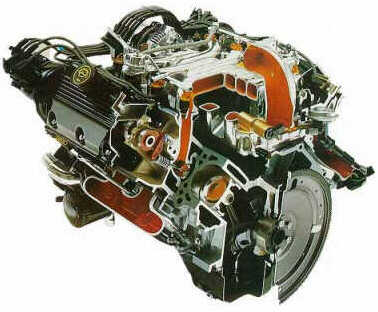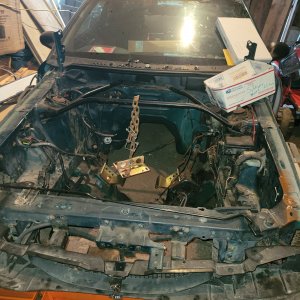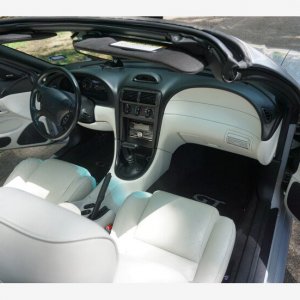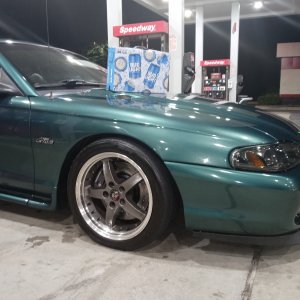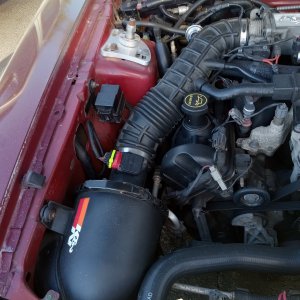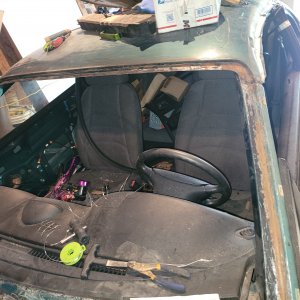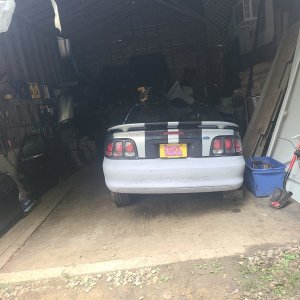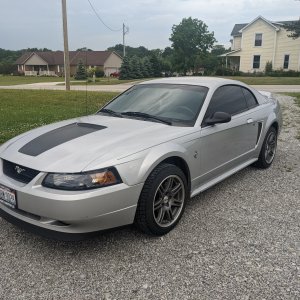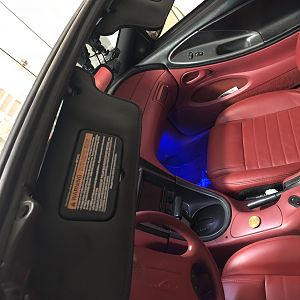Chatting with a fellow modular enthusiasts yesterday brought on some curiosity of intake valve seat dimensions, such as valve seat o.d., I.d., and thickness. Poking around on different 2v heads I find the I.d. of npi and pi heads very different. One could classify a significance better than the other through the opening of the hole itself. Although from the factory more art work has been applied to the pi intake seat, the npi head has a .050" bigger I.d. seat. Your probably thinking like me, "i thought the intake valve for both heads are the same size?"......well....they are. A 4" valve will do no better than a 1"valve if the seat I.d's are of the same size.
Im not stating one head is better than the other based on valve seat I.d. hole size. Either head comes with their strong points and weaknesses, but in the world of performance bigger generally is better. Its a proven fact that a hole will only pass a certain amount of air freely within its means and that a bigger hole naturally will pass more. Although this holds truth, the pi heads valve seat shape can pass equal amount despite that its I.d. is .050" smaller all because the art work of the seat. 3angles and back cuts on the seats bottom, port shape, dips crevices, sharp edges allow the air to slip through more efficiently by using the science that air does when flowing over such scenarios, were as the npi head is just one angle and one back cut, a few diverts, and depressions before the seat. So is their a benefit opening up the pi seat like the npi size? Good question, but their is a huge improvement doing a valve job to a npi head! Ive read more than 20cfm just by adding 3angles to the seat. Pi heads do not require valve jobs. Only cleaning the mating seat surface.
In conclusion here,....adding this once again....when both heads are set up in the same scenario (same cam, intake, compression) neither out performed the other by any significance. Lets remember, its the pi compression bump on the npi shortblock that everyone see's.









